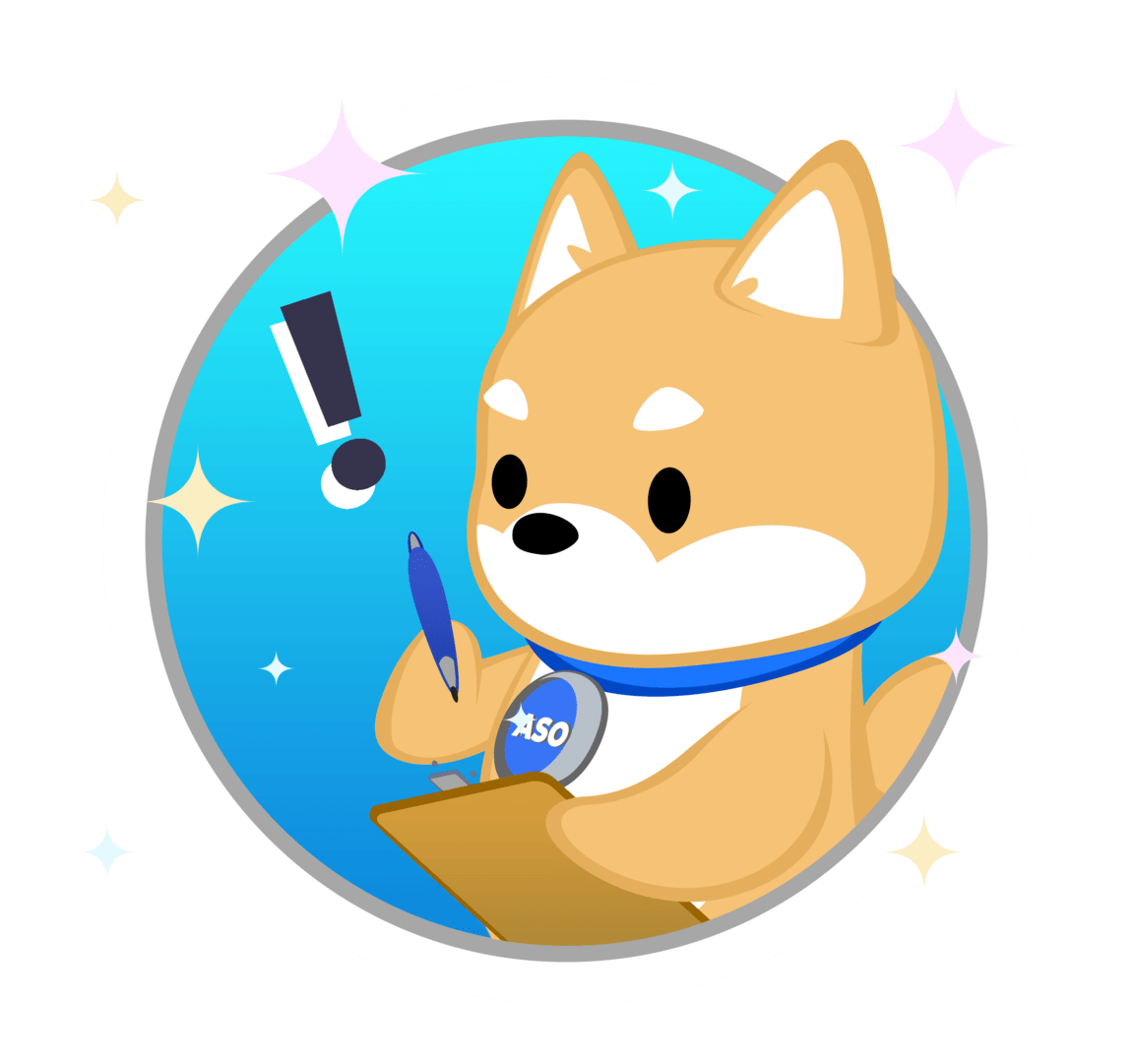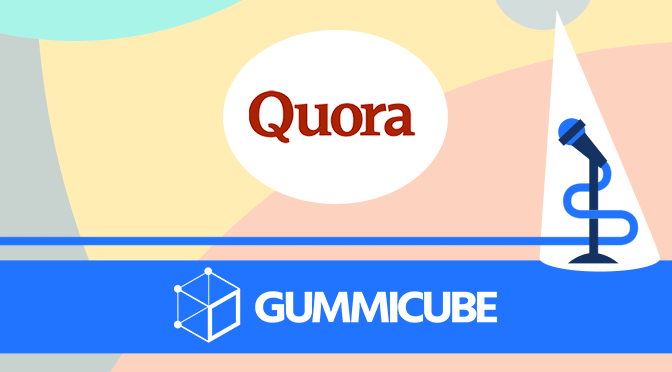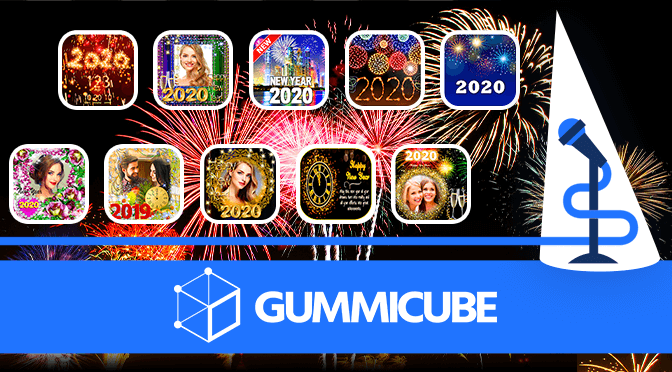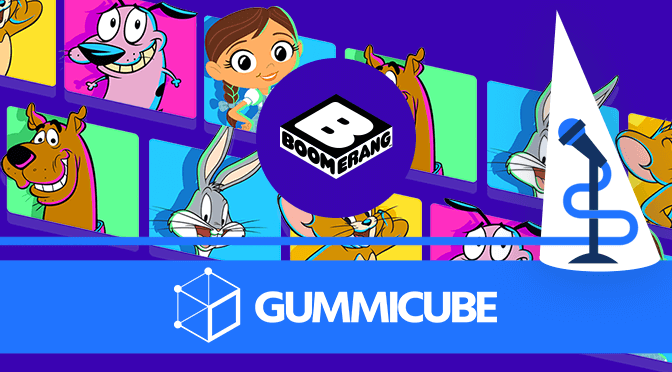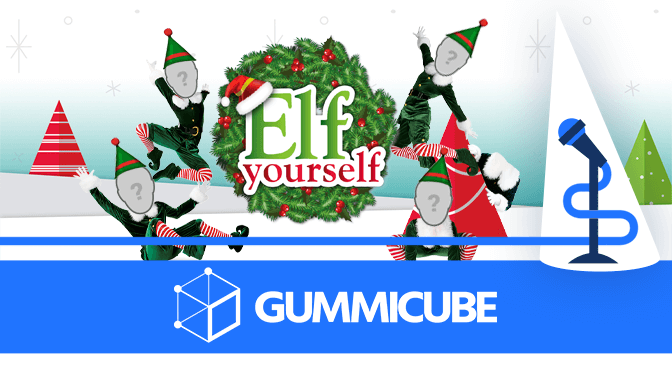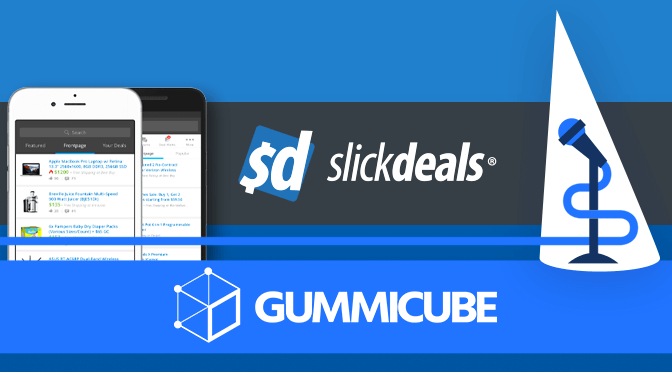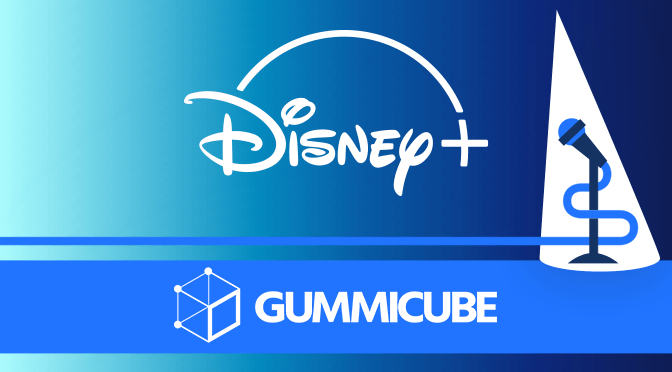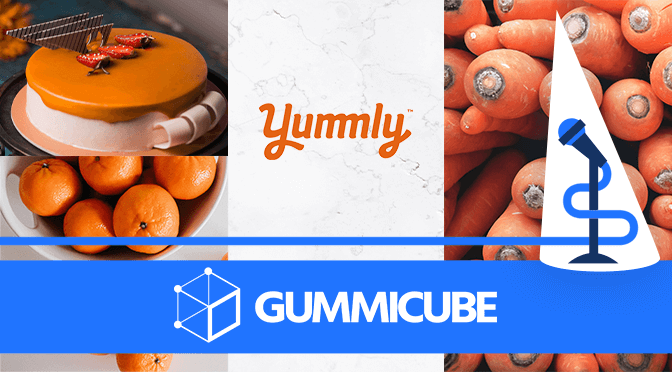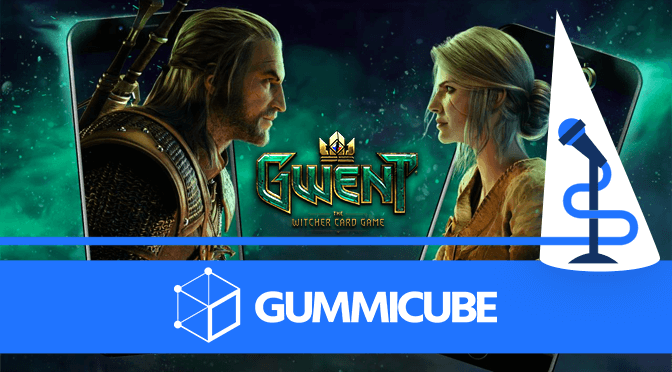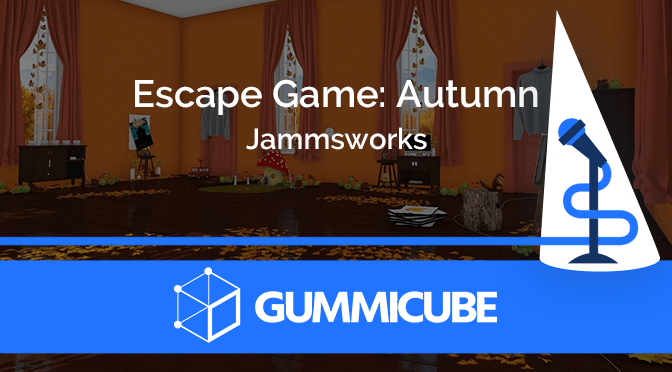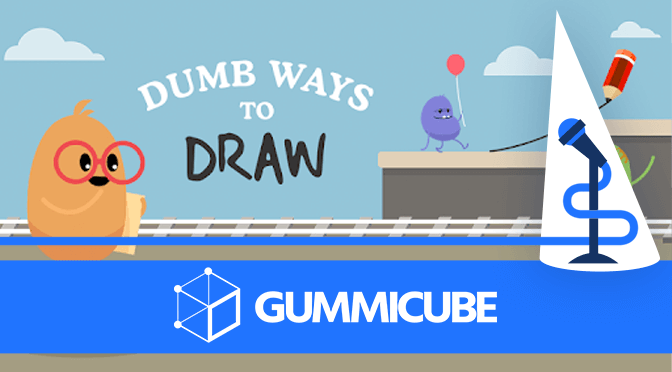
Fallout Shelter App Store Description Spotlight
Posted on January 14th, 2020
The App Store Description should tell users everything they need to know about an app in a clear and easy to read manner. There are many ways a description can go about this, but there are several best practices that remain consistent. For Fallout Shelter, a mobile game based on the popular “Fallout” franchise, it needs an App Store Description that can make the game stand out on its own while still appealing to fans of the series. For this week’s App Store Spotlight, we look at Fallout Shelter’s App Store Description and see its strengths and weaknesses.

